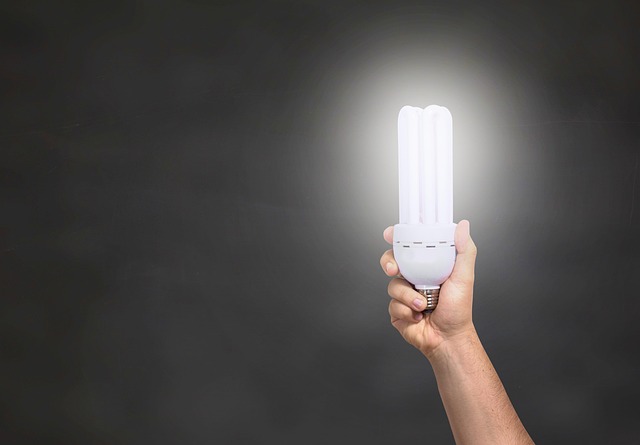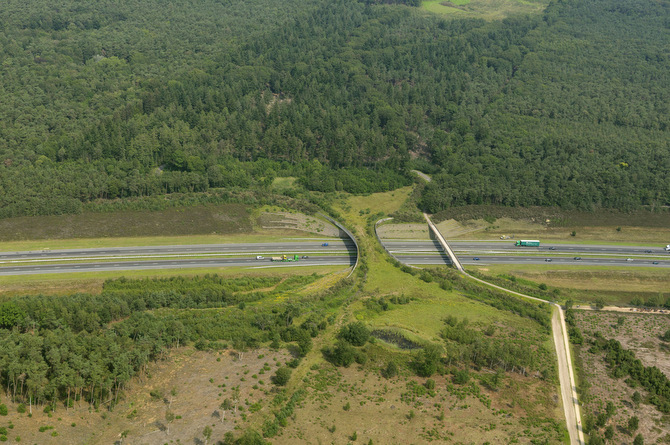
Photo Credit: Zwarts & Jansma
It’s always sickening to see unsuspecting wildlife cross the road and get hit or run over, often with fatal consequences. But with the help of these green bridges no wildlife need to meet the same grisly fate of their fellow species which ended up as roadkill. This week Grist featured The World Geography’s collection of beautiful bridges that were built for animals as part of habitat conservation efforts.
Collisions with vehicles may be the most readily perceived of the negative effects roads and vehicles have on animals, but it’s not the only one. There are four ways that roadways and traffic affect wildlife. First, by causing habitat fragmentation and keeping animals from accessing natural resources located on the other side of the road; second, by lowering the amount and quality of natural habitat; third, by fragmenting wildlife population into sub-populations; fourth, by wildlife-vehicle collisions resulting in roadkill. Wildlife-vehicle collisions also affect humans negatively as they tend to cause injury and death (among humans), as well as damage to properties. According to estimates, more than half a million vehicle collisions with ungulates (hoofed mammal) occur in Europe, with $1 billion in property damage, 30,000 injured, and 300 killed. In the United States, 1.5 million collisions occur every year involving deer alone, not counting other animal species.

One way to address these concerns is construction of wildlife crossings or roadway crossings. Wildlife / roadway crossings are structural passages specifically constructed for wildlife use (crossing across roads, either above or beneath it). They increase permeability of roadways and mitigate habitat fragmentation and its effects. This includes green bridges, animal/wildlife overpasses, viaducts, ecoducts, fish ladders, amphibian tunnels, and small mammal tunnels. Wildlife overpasses in particular are built for land animals and are typically covered with soil and vegetation, giving the appearance of a green bridge especially from an aerial view. See The World Geography’s collection of green bridges from around the world.
The first wildlife crossing recorded in history was built in France in the 1950s. Wildlife crossings can also be found in other European countries like the Netherlands, Germany, and Switzerland. In the Netherlands alone there are more than 600 wildlife tunnels that reportedly helped in the conservation and population increase of the endangered European badger. The world’s longest ecoduct-wildlife overpass can also be found in the Netherlands, named the Natuurbrug Zanderij Crailo. The Natuurbrug Zanderij Crailo measures 50 meters wide and over 800 meters long. It was completed in 2006 and traverses a railway line and a sports complex.
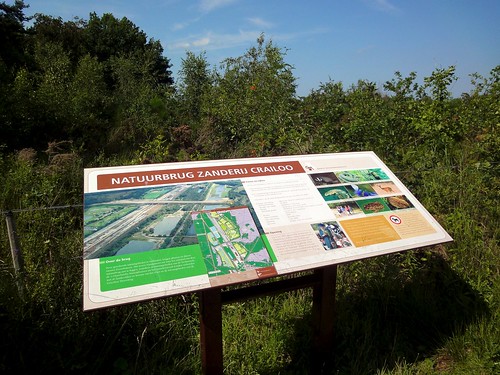
Wildlife crossings can also be found in Canada and in the United States. Canada’s Banff National Park alone contains 24 wildlife crossings (2 overpasses and 22 underpasses) to mitigate the effects of the commercial Trans-Canada Highway bisecting the park. The park supports a wide variety of species including moose, black bear, and deer. Research shows that the wildlife crossings have been used by animals more than 80,000 times since its construction, though it took time for some species to acclimate to the manmade structures.
WildlifeandRoads.org provides a list of wildlife crossings in the US on their Crossings page.
In the same way land animals are impacted by roads bisecting their habitat, fish and other marine creatures are also affected by artificial barriers such as dams and locks. Fish ladders (also fish pass, fish steps, fishway) are constructed to allow fish to move or swim through the barriers. Some can be complicated like the one at the left, the Thompson Falls Fishway in Montana, or as simple as creating a space for passage like the one at the right, the stream crossing at Little Sucker Brook.
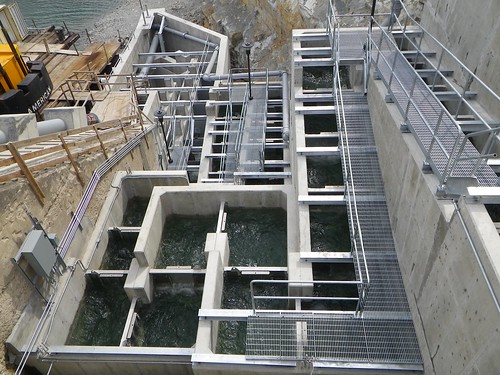
Several factors need to be considered in planning and construction of wildlife crossings. According to DeerCrash.org these factors are: animal species, crossing type, dimensions of underpass/overpass, crossing location, human activity, crossing floor covering and adjacent landscaping, fencing and structure age among others.
Different animal species have their preference in crossing designs, ex. bears preferring large and open crossing while cougars or wolves may do well with less spacious crossings; deers look for open spaces with possible means of escape available. Large animals also tend to use overpasses while cougars preferred underpasses. Dimensions are also important, particularly for large mammals. Majority of overpasses around the world measures about 100-165 feet wide. The Netherlands keep the crossing center about 98 feet wide and 262 feet wide at the ends, as this is considered best for the country’s native large mammals. Wildlife crossings need to be able to accommodate as many species as possible. This is possible by considering the type (overpass /underpass) and dimensions of the proposed crossing that will be best for a specific site.
Location is also important; DeerCrash cites it as the most critical factor impacting the use of a wildlife crossing. The best and practical crossing location is determined through professional judgment, pinpointing high animal mortality locations, animal movement patterns, and habitat.
Human activities like number of hikers or bikers using the crossing are shown to reduce use of the crossing by wildlife. It is recommended that wildlife crossings be constructed on locations with minimal human activities.
Covering the surface of an overpass with soil and natural vegetation also appears to be preferable to animals. as well as providing browsing material for them. See concept wildlife crossings projects at ARC.
The benefits of wildlife crossings are said to outweigh the costs of construction and maintenance (only a 7-8% increase in total cost of a regular road project) on several aspects. Protection of wildlife populations, conservation of habitats, lessening property and vehicle damages, and lives saved from fatal collisions are major benefits. It is also important to consider the benefits of ecosystem services that continue to be available to an area because of a thriving wildlife population. With all these in mind, construction/maintenance costs of a wildlife crossing seem like a small investment with great returns.
More green bridges and wildlife crossings at key locations would be great, and it is hoped more of them can be built soon. Meanwhile, for all the wildlife out there who still do not have green bridges in their areas, please follow the steps of this little wise guy:
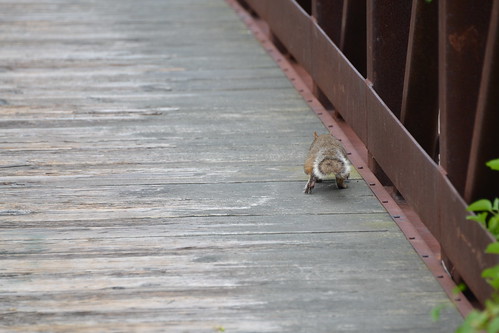
Photo Credit: Some rights reserved by Meneer Zjeroen, ednl, Wade Fredenberg / USFWS Mountain Prairie, USFWS – Northeast Region, and Tobyotter via Flickr.


